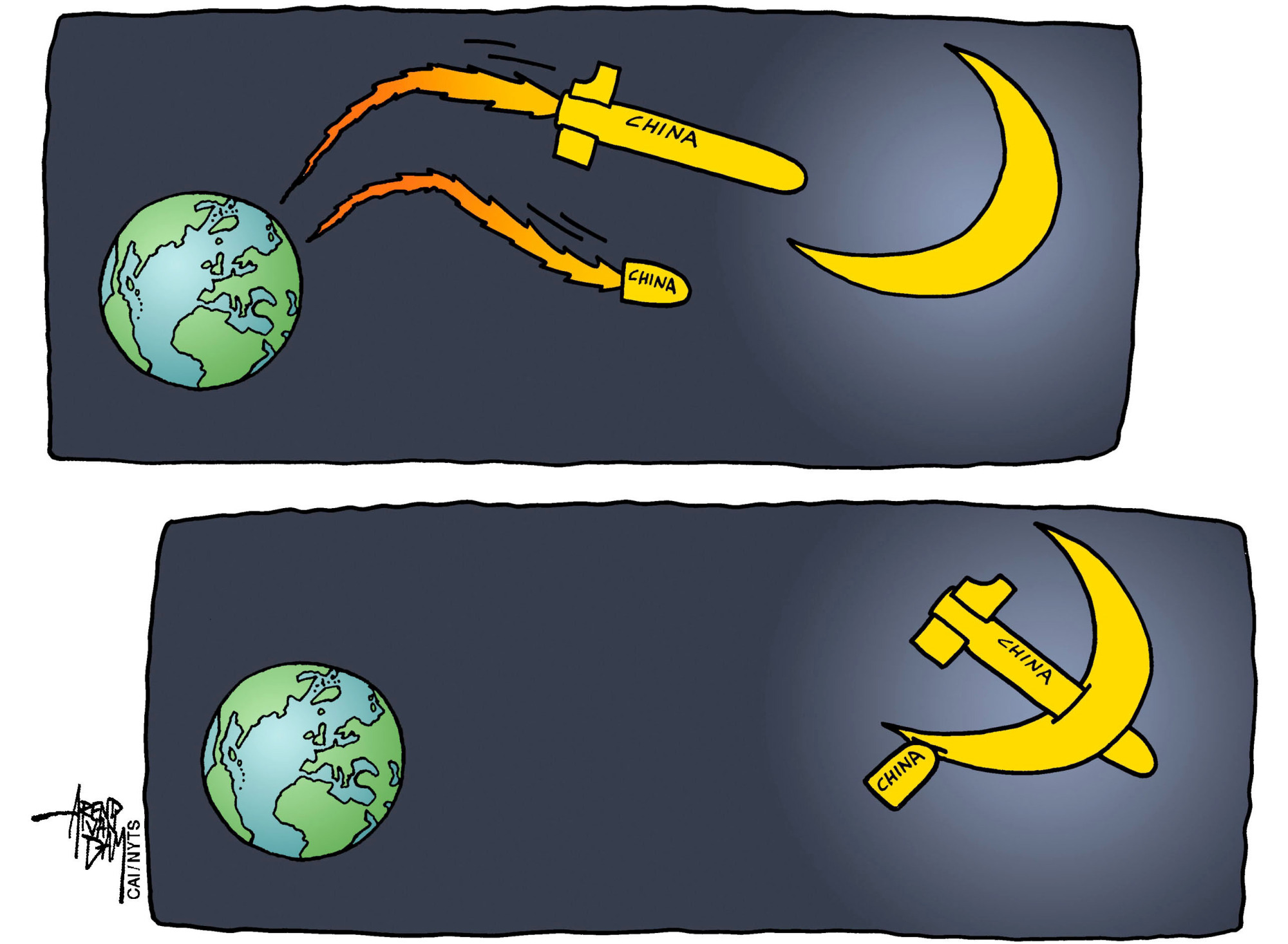To claim we've already been to the moon is like spending a day each in Iowa, Arizona, Rhode Island and maybe western Pennsylvania and saying you've already been to Earth. There's a lot more to see on the moon — including the whole far side, the half that's perpetually turned away from us. That's one reason for the excitement behind the Chinese-led mission Chang'e-4, which landed in this unexplored region earlier this month.
Images from lunar orbit show the geology there is strikingly different from the sites where Apollo astronauts explored. The craft landed in a vast depression called the South Pole-Aitken basin, which takes up a quarter of the lunar surface and appears to have formed early in the history of our solar system, said planetary geologist Seth Jacobson of Northwestern University. The rocks there could hold clues to how our own planet formed.
The prevailing theory about the moon's origin is a dramatic one: Soon after a proto-Earth came together, it collided with another planet the size of Mars, coalescing into a bigger planet and the moon. Jacobson said the lander is in an area where rocks from beneath the moon's crust may have been brought to the surface by ancient impacts. Both NASA and the China National Space Administration have proposed missions to go back to this area and collect samples.

















With your current subscription plan you can comment on stories. However, before writing your first comment, please create a display name in the Profile section of your subscriber account page.